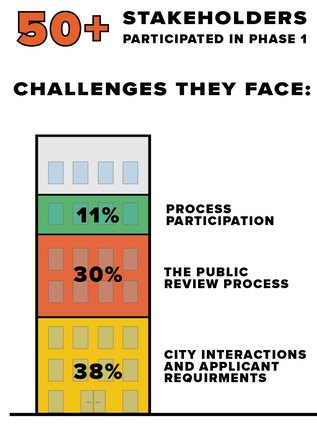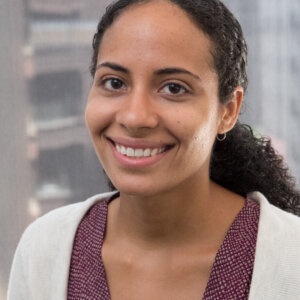Zoning and Land Use: Key Tools To Produce More Equitable, Healthy, and Resilient Communities

Every neighborhood should provide residents with opportunities to thrive. This requires quality jobs and access to transit, parks, affordable housing, retail, and entertainment that influence the well-being of all individuals. Nationwide and across Chicago, not everyone has the same access to opportunity and resources, but by using zoning and land use as policy and planning tools, we can shape the types of opprotunities in communities and make changes to lead to greater equitable and sustainable development.
A Zoning and Land Use Assessment to determine the health, equity, and sustainability impacts of Chicago’s zoning policies
Zoning and land use impact both big and small quality of life measures, determining whether you can have a park in your neighborhood, if a new small business owner can open a bakery, if there is too much parking or not enough, how you can build your mother-in-law an apartment above your garage, or whether the vacant lot on your block can become a grocery store, a new residential building, a gas station, or a factory.
These big and small zoning and land use decisions all add up to change the feel and experience of your neighborhood and how you interact with it. Right now, we do not know the overall effect that zoning and land use are having at the city or neighborhood level, but we want to. That’s why MPC and the Urban Institute are developing a collaborative assessment to determine their health, equity, and sustainability impacts as well as solutions to equitably benefit Chicago’s communities.
This two-year project is already underway, with the first phase just wrapping up. As part of this phase, we established a Steering Committee of government, academic, civic, community, and private sector partners to guide the creation of the assessment methodology. We also hosted focus group meetings with civic and community organizations to learn their perspectives and experiences on development, land use, and zoning and incorporate this input into building the outcomes we’ll look at as part of the study.

Although we are still in the assessment planning stage, we’ve already learned so much from the conversations and dialogues with Steering Committee members and Focus Group participants, particularly about how challenging being an applicant or participant in Chicago’s development process can be. As we move towards the end of phase one, here are a few of the themes that emerged from conversations about the challenges people are experiencing:
1. Process Participation: Residents are struggling with understanding land use and zoning generally as well as how they are able to participate. This is especially true for non-English speakers and the disabled community due to the lack of accommodations to permit people to fully engage.
2. Public Review: Community meetings and public hearings happen too late in the process for meaningful dialogue and without transparency and clarity on what residents can and cannot influence. Notices for those meetings are not provided broadly to community members, which can lead to a limited view of community input and support.
3. City Interactions and Requirements: The process can be difficult to start and complete for applicants requesting a zoning change with unclear filling requirements, unwritten rules and outdated procedures. Even minor changes require going through a drawn-out process, which can be expensive, and project changes requested by the City could be wholly unrelated to zoning.
These experiences illustrate the need for us to better understand how zoning and land use are shaping our environments, including the way we engage in the processes that change our neighborhoods. MPC and the Urban Institute are looking forward to moving on to the project’s second phase where we will be rolling out the assessment first at the community level and then across the city. What is happening on the ground doesn’t always track with what the data shows, and so the next phase is really about working with local stakeholders and residents to translate what they are experiencing and what they want into results of the assessment. Stay tuned for more updates by checking our Zoning & Land Use Assessment Webpage as this work begins later this summer.
